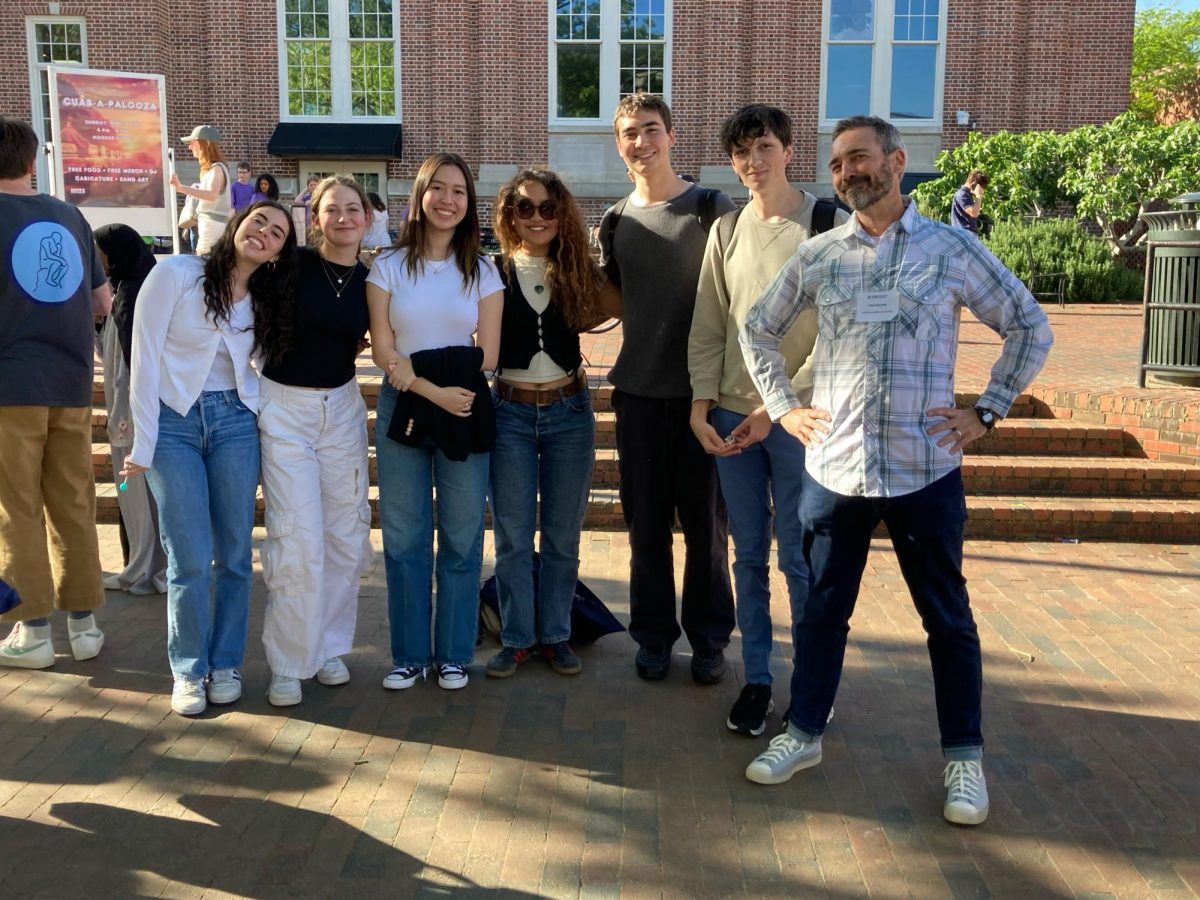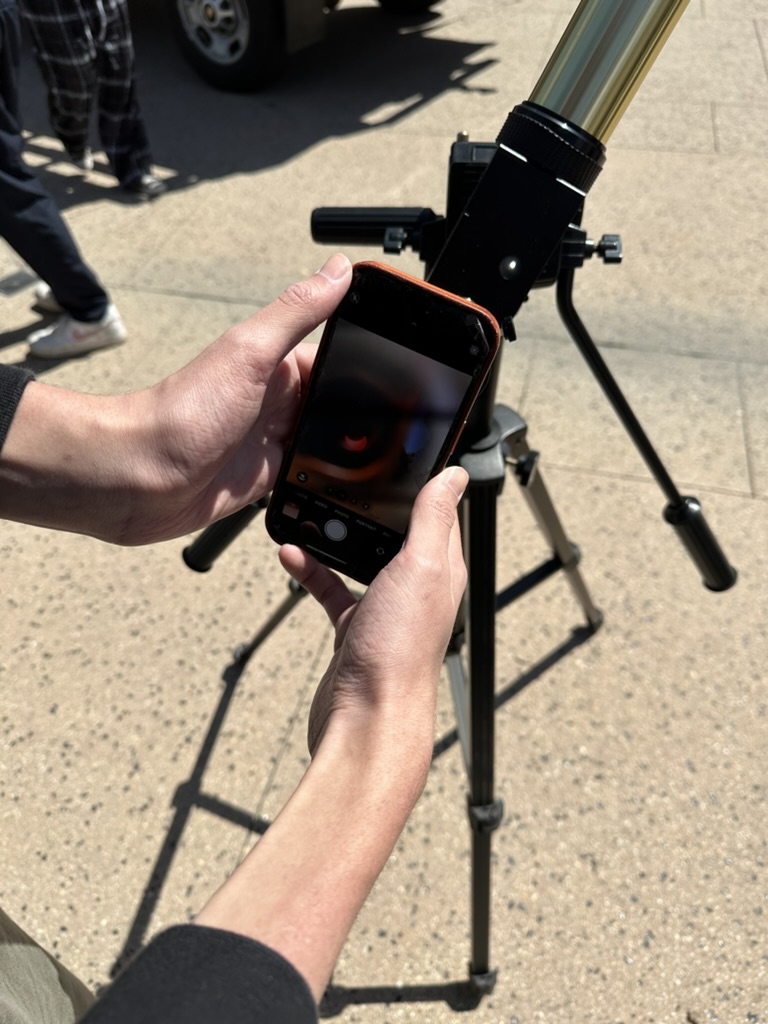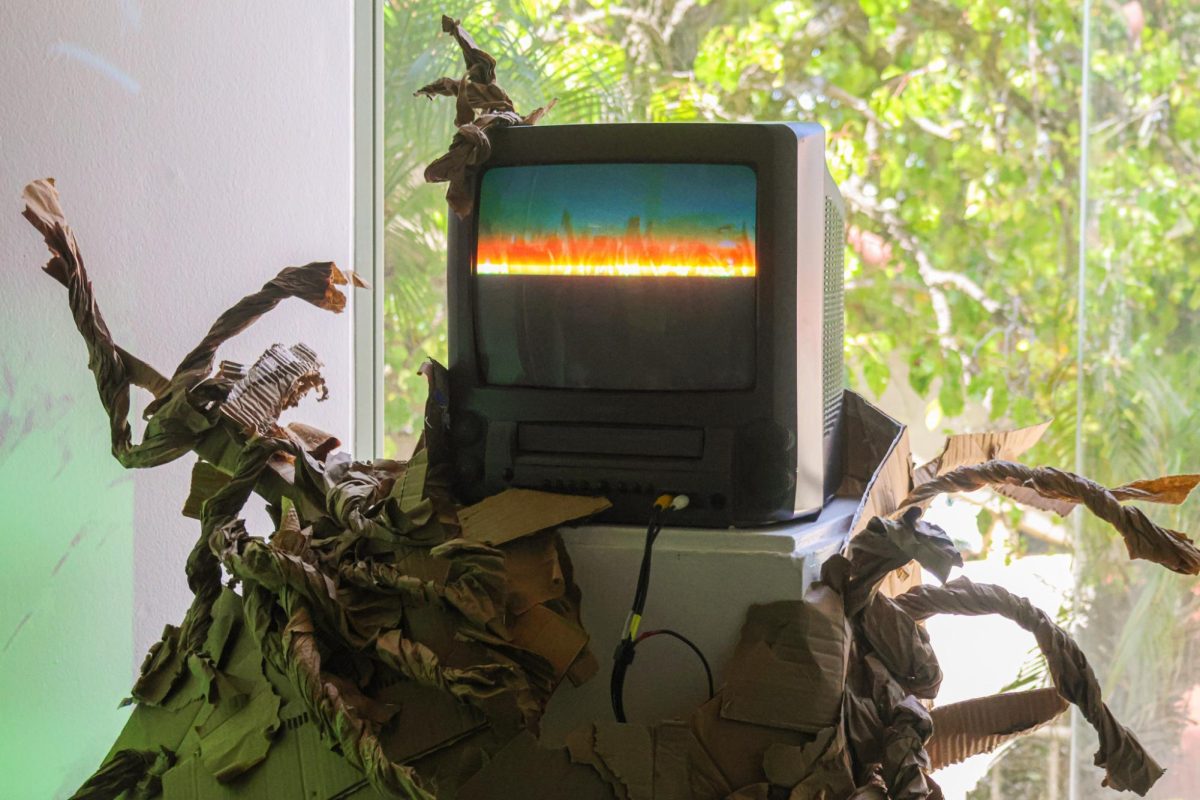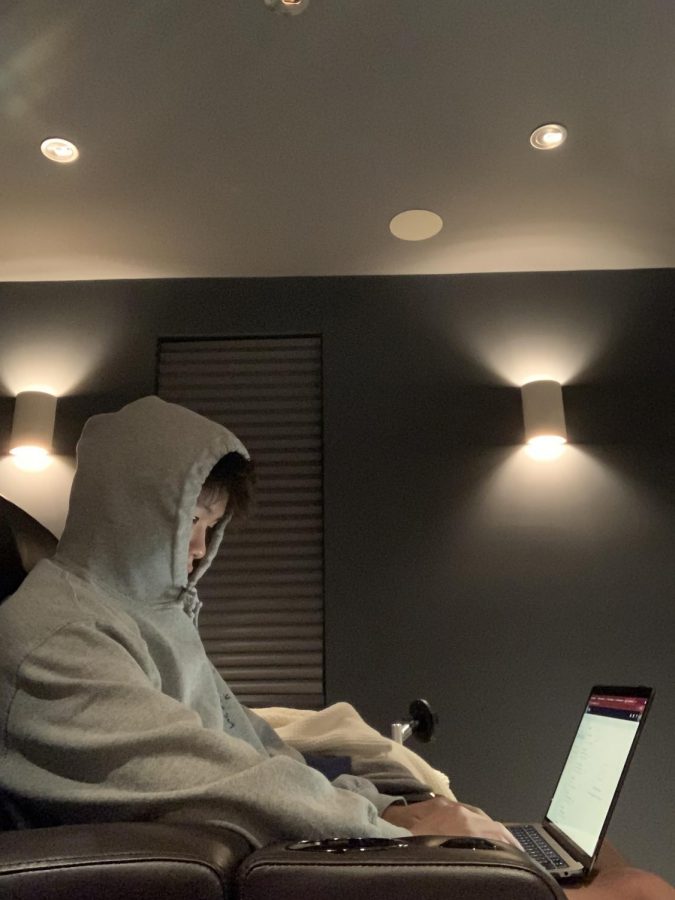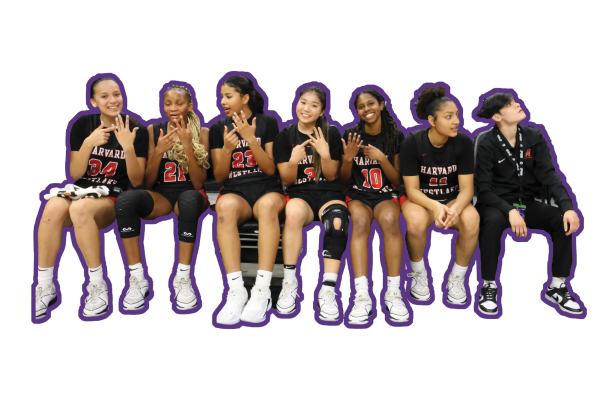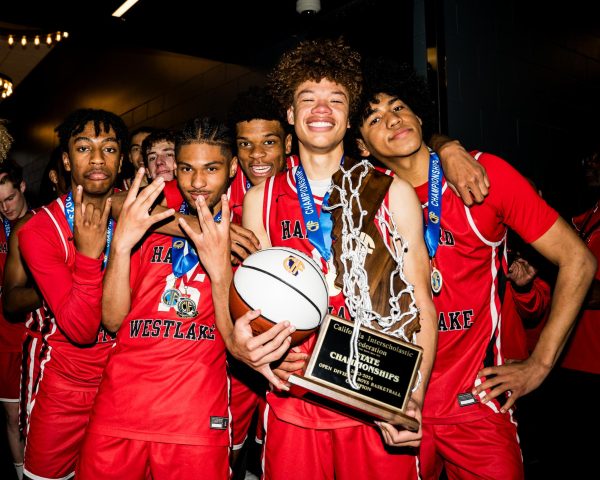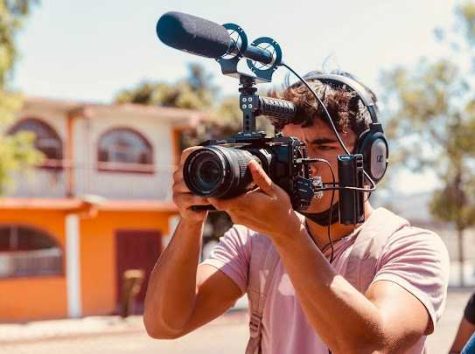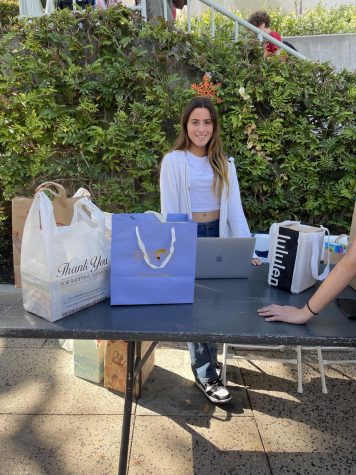Students and teachers reflect on remote learning experience
Printed with permission of Noah Nakayama
Noah Nakayama ’23 studies and completes his schoolwork from home.
September 14, 2021
The administration informed all Upper School students and parents that online or hybrid education would not be offered to those who do not physically attend school in an email sent August 23.
With the teachers’ focus more directed toward in-person activities, many say they are curious about how their peers are dealing with the new school year from their homes, as well as how teachers are adapting to different attendance situations.
Noah Nakayama ’23, who’s been learning remotely thus far due to injury, said his teachers have been extremely accommodating toward his situation, though he mentioned there are still inevitable drawbacks to online learning.
“I’ve been keeping up with a combination of Zoom meetings, class recordings, and individual meetings with my teachers,” Nakayama said. “But during the zoom meetings, it’s hard to hear what my classmates are saying because the audio system can only pick up the teacher’s voice, which makes discussion-based classes like History and English more challenging.”
Nakayama also said he’s dissatisfied with his situation and that he’d definitely prefer to be attending in person.
“To be honest, [staying home] sucks because you can’t see friends and classmates you haven’t seen since the end of last year,” Nakayama said. “I guess I save some time that would be spent commuting to and from school, but I feel detached from everyone, just seeing them on a screen. Not to mention, being on zoom hasn’t gotten any less exhausting.”
Mac Bailey ’23, who has been attending school in person, said online learning ultimately inhibits student progress. .
“Obviously, [the remote learning] option is incredibly useful, but I think that learning online reduces the amount of participation and engagement that students would otherwise get learning in-person,” Bailey said. “In addition, group work is much more challenging, so I don’t think students that remain online for longer periods of time will get as much out of class as those who are in person will.”
History and Social Studies teacher Sandra Brasda said she strives to make all materials available online and create an accessible digital classroom for her students.
“I use a live Google document with links and uploaded [files] so a student could theoretically attend from anywhere,” Brasda said. “I have pre-recorded key lectures and several converted video sources for students to view outside the classroom. I, of course, also make myself available via email and zoom office hours as needed.”
However, like Nakayama, Brasda said she is adamant regarding her preference of in-person classes over online classes.
“Nothing replaces the student-to-teacher in-person experience and connection that a physical classroom provides,” Brasda said. “In person teaching creates stronger relationships and a deeper learning environment.”
Brasda also attributes this sentiment to the technological challenges teachers have had to overcome but ultimately acknowledges the viability of online learning.
“[Teachers] have to redo our lesson plans for the online environment, so teaching online is like teaching a whole new course,” Brasda said. “All of that said, remote learning is possible, but there needs to be a buy-in from both the teacher and the student. Students need to make a concerted effort to engage and teachers need to adapt to different learning styles.”

